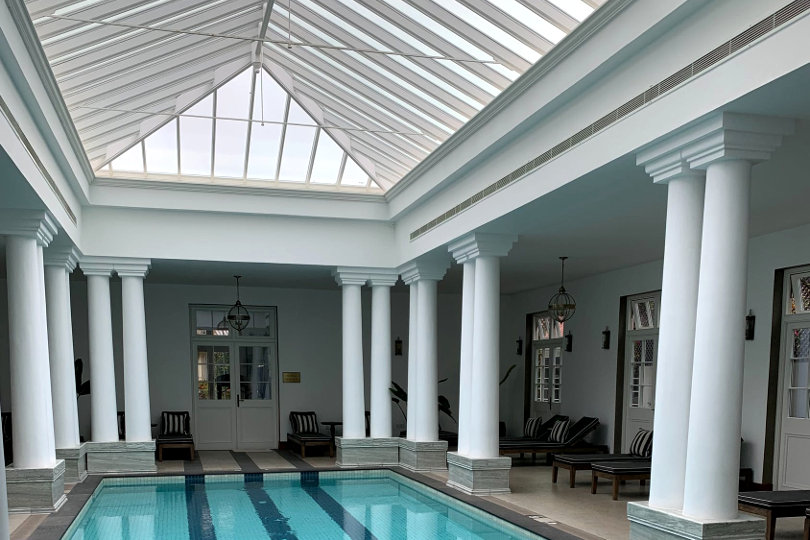Architects today create structures with different configurations. It’s a good thing that more construction materials fit the demands of modern buildings with varied spatial attributes.
Take, for example, roofing materials. Traditional materials include terracotta tiles, natural slate, metal, wood, copper, zinc, concrete, and asphalt tiles.
Today, architects and building contractors have more choices. Some traditional materials have been given fresh looks. You can find cool roofing systems, architectural shingles (asphalt shingles with 3D designs and construction) that look like wood shakes or slate.

You can find metal roofing in shingles, tiles, and panels, polymer-based composite shingles, glass, acrylic, fiberglass, and polycarbonates. Most of these new roofing materials are stronger and more efficient. Also, the construction industry is creating an enormous demand for polycarbonate roofing sheets because of their superior properties.
Polycarbonates
Polycarbonate roofing materials are revolutionary. They are stronger than glass or acrylic, yet lightweight, withstand extreme temperatures, and are impact resistant. Polycarbonates come in single sheets and multiwall sheets. Aside from being resilient and durable, polycarbonates are great for different applications.
A multiwall polycarbonate sheet, which some people call a twin wall polycarbonate sheet, has many benefits and applications. It is easy to work with, lightweight, weather-resistant, and has excellent light transmission properties.
Benefits of multiwall polycarbonate sheets
Multiwall polycarbonates last longer, and their various properties provide many benefits to contractors and building owners. They are lightweight and easy to install. While multiwall polycarbonates are very light, their durability is unquestioned. Although naturally stiff, they are easy to handle and install. You can cut them on-site with regular tools. Multiwall polycarbonate sheets do not split or crack when sawn, drilled, or cut.
Excellent light transmission. The light transmission property of multiwall polycarbonate sheets is about 85%. This equates to less condensation. It diffuses light effectively, so plants in greenhouses do not suffer from sunburn.
Energy-efficient and heat saving. Multiwall polycarbonate sheets trap air between their walls, providing you with higher energy efficiency. This translates to about 50% energy savings by reducing heating costs.
Fire-resistant. The strength of multiwall polycarbonates extends to protection against fire. The sheets are not hazardous to humans and are effective in fire-prone places.
Flexible. If you have curved applications, don’t worry. Multiwall polycarbonates are flexible and can be cold bent, losing none of their inherent properties.
Applications of twin wall polycarbonate sheets
- Multiwall polycarbonate sheets are ideal for greenhouses. They distribute heat evenly and provide excellent thermal insulation. They protect plants from harmful UV rays but allow enough light transmission to help them grow healthily.
- If you need privacy or extra space, you can use multiwall polycarbonate sheets as room dividers. You can install them easily, providing durable, unbreakable, and aesthetically pleasing dividers.
- If you want to build a stronger greenhouse that can withstand severe storms, you can use multiwall polycarbonate sheets as storm panels.
- Adding a skylight can help you save on energy bills. With twin wall polycarbonate sheets, you will have a strong, unbreakable, and impact-resistant skylight that blocks UV rays effectively.
The benefits and applications of multiwall polycarbonate sheets are too good to resist. You can even use them when building carport, skywalk, and pergola made using a pergola bracket kit. It doesn’t stop there. Many roofs of railway stations, shopping centers, and sports stadiums now use them, as the advantages far outweigh the cost of the material.







